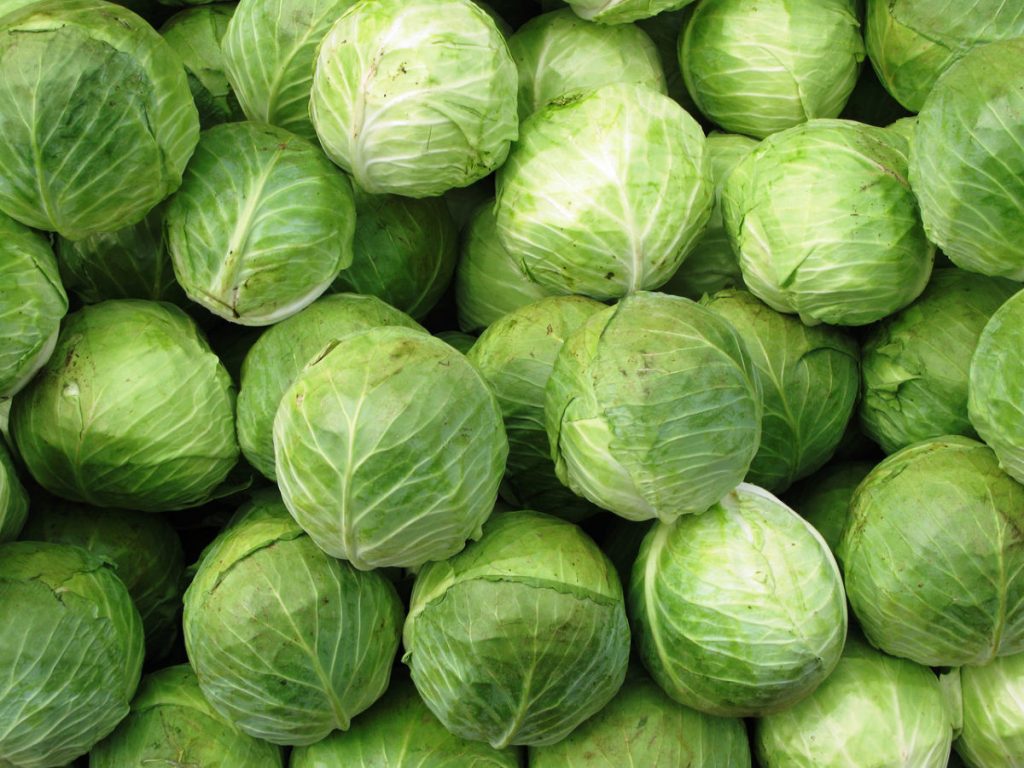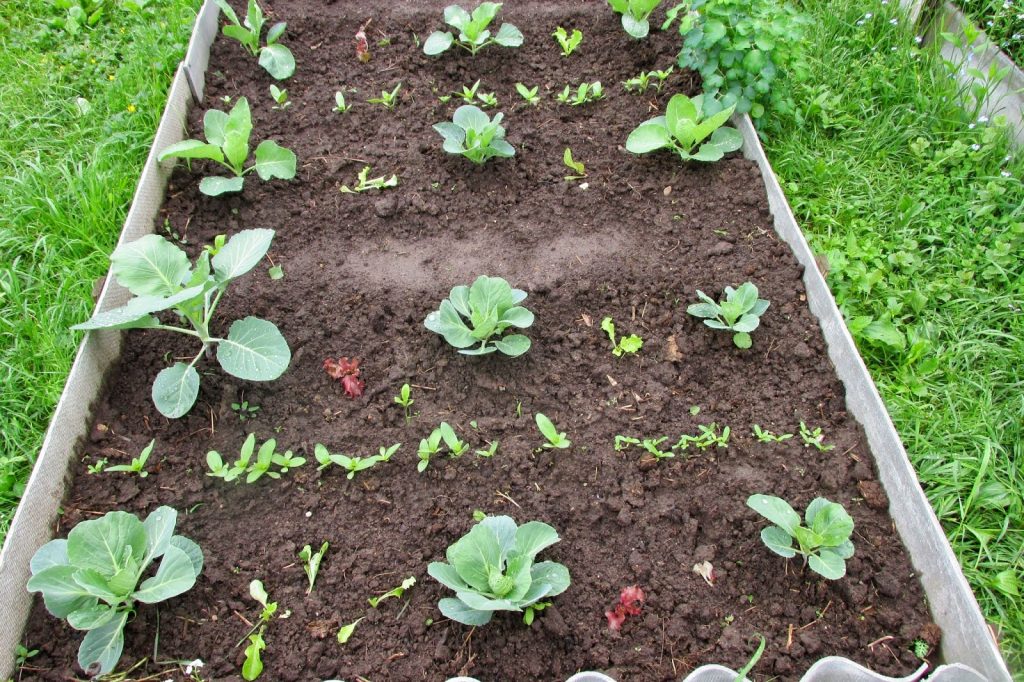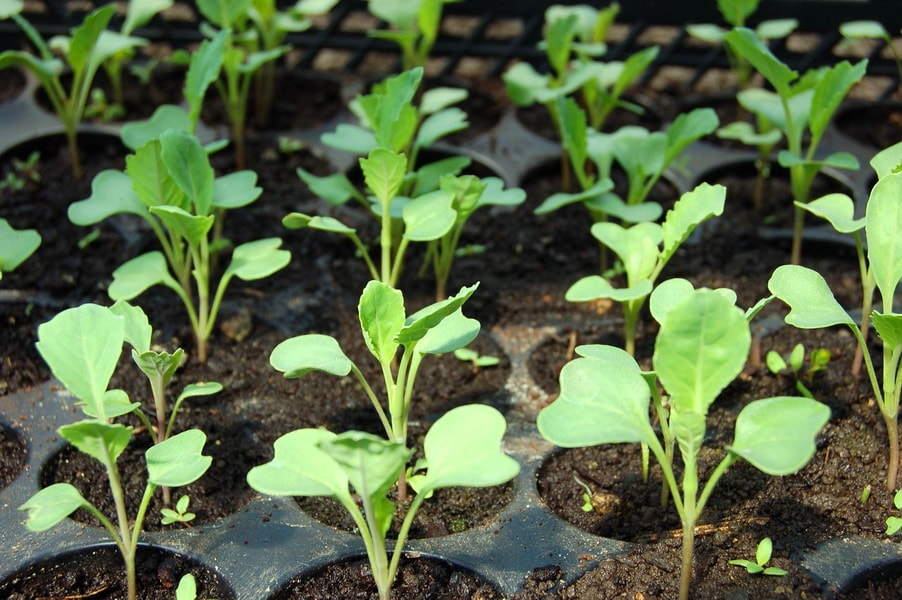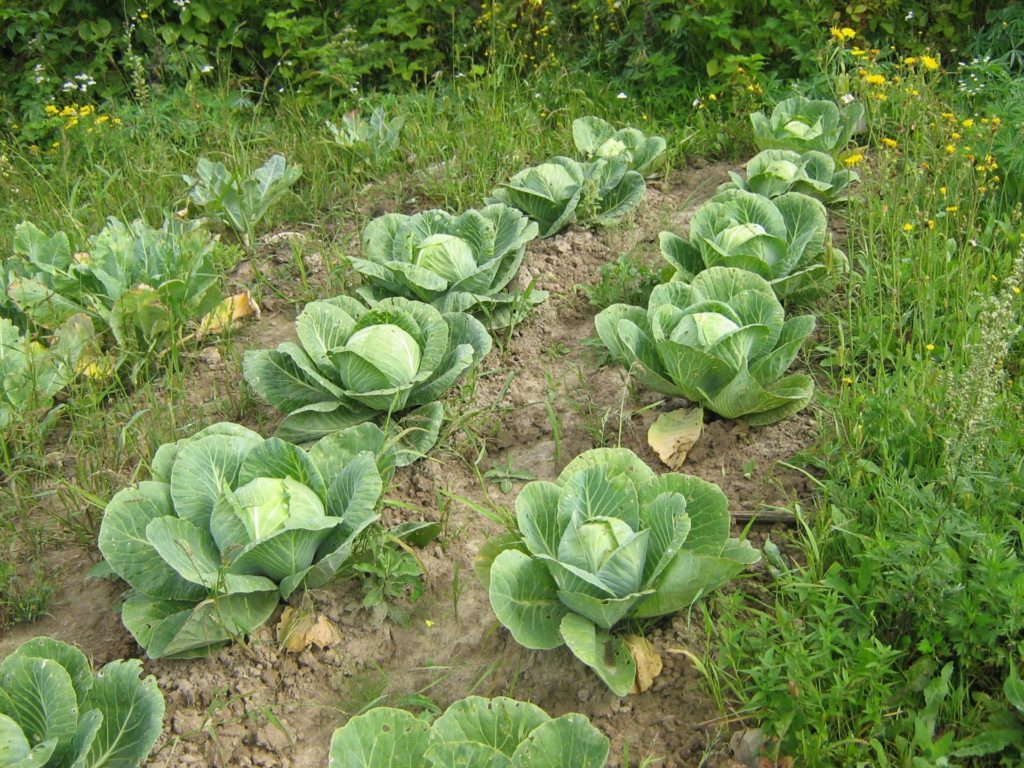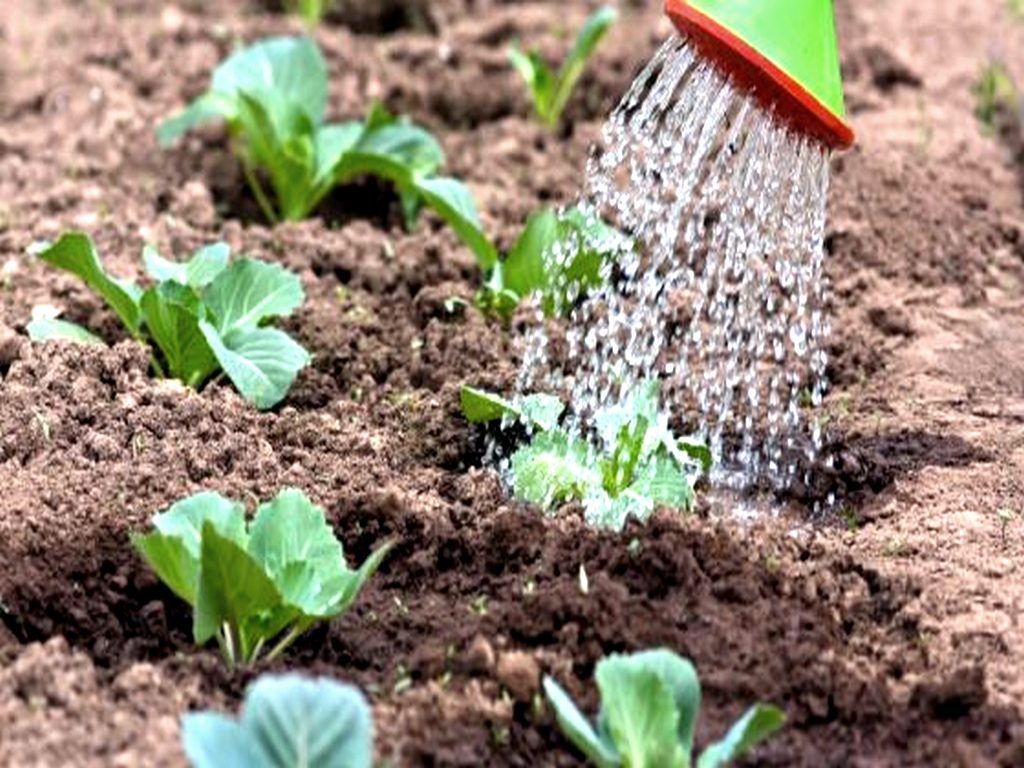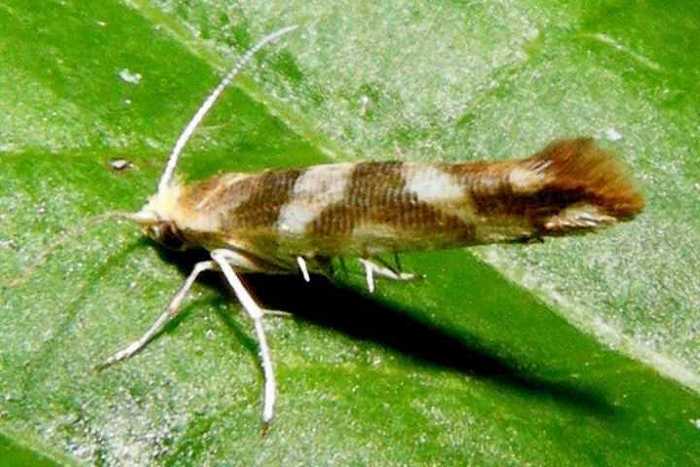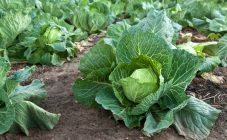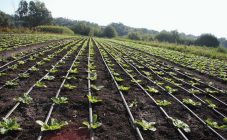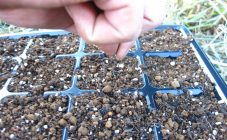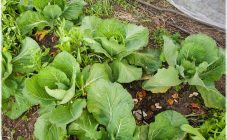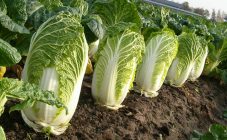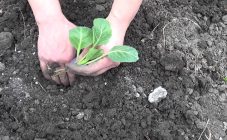Content:
Gardeners who grow cabbage are well aware that early varieties are good for consumption immediately after ripening, but late varieties are good for long-term storage and harvesting. To provide yourself with a harvest for a long period, you need to know when to plant late cabbage. These varieties are perfect for fermentation.
Information about the culture, popular varieties
Late white cabbage belongs to the cruciferous family. In the first year, it forms a head of cabbage, for which it is mainly grown, and in the second it forms seeds. The root of this culture branches and goes to a depth of about half a meter.
The varieties that ripen late have their own characteristics:
- It takes them from 120 to 140 days to ripen;
- Storage duration is 3-6 months;
- Good yield indicators;
- Do not accumulate nitrates in themselves;
- Suitable for fresh consumption and preparation.
The most popular varieties of late cabbage:
- Aggressor.
Hybrid variety of Dutch origin. Undemanding to care for, does not crack. Resistant to many diseases and pests. Ideally suited for fermentation and long-term storage.
- Mara.
A variety of Belarusian selection. Heads of cabbage weighing 4 kg ripen within 170 days. It can be stored until May. There is a waxy coating on the head of cabbage. This variety has excellent resistance to rot and various types of mechanical damage.
- Moscow.
A very high yield variety. The weight of a head of cabbage reaches 10 kg. The head is slightly flattened, dense structure. This variety is keel resistant. It has a very long shelf life - until the next harvest.
- Amager.
A variety with high yields. The heads of cabbage are juicy, perfect for harvesting. Fruits weighing about 5 kg ripen in 160 days. Cabbage of this variety is demanding on moisture.
- Megaton F1.
Dutch breeders have made this variety resistant to fungi and insects. Has good transportability. It is well stored for 5 months, and in agricultural technology it is demanding to comply with the irrigation regime.
- Kolobok.
A variety that gives high yields and ripens 150 days after planting. The head is rounded, weighing about 5 kg. Has a high resistance to disease. The Kolobok variety tastes a little bitter when ripe, but the bitterness goes away during storage.
- Wintering.
The development of domestic breeders is characterized by a long shelf life - 8 months. In addition, cabbage does not undergo necrosis and cracking during maturation. It can be fermented.
Knowing the information about each variety, you can decide which one to plant on the site.
Agrotechnics of culture
In order for a vegetable to bring the crops declared in the characteristics of the varieties, it must be properly looked after. The choice of location is also important when growing cabbage; the soil should be loamy, with low acidity.
The crop prefers organic fertilizers. You can add them in autumn or spring, before planting the vegetable. Late cabbage is grown in the open field and with the help of seedlings.
Cereals, legumes, carrots, tomatoes, cucumbers, and onions are good precursors for cabbage. You cannot plant cabbage twice in a row in the same area, and also place it after vegetables from the same family.
When choosing a variety, you need to think in advance whether fresh cabbage is planned to be used or as blanks.
How to grow cabbage in a seedling way
Seedling seeds are planted in March or April, depending on weather conditions. The timing should be calculated taking into account the fact that 1 month old plants are planted in open ground. Young cabbage plants are exposed to cold weather, so you need to wait for the heat to plant.
If the seeds were harvested from their own garden, they need to be processed - 20 minutes in hot water, a minute in cold water, overnight in a nutrient solution and 24 hours in the refrigerator.
It is necessary to sow cabbage seeds in the soil of sand and earth with peat or humus. If you take land from the garden, it must be disinfected. It is recommended to plant immediately in separate containers, so as not to injure the plants with a dive later. When sowing in one box, the distance between the seeds is 2 cm from each other. Then the container is covered with foil and placed in a warm place. Make sure that the air temperature is not below + 19 ° C. After the sprouts hatch, they are opened, the temperature is lowered to + 10 ° C and a 12-hour light day is made.
When 4 true leaves appear, the cabbage should be planted in the garden. Before this, the planting material is hardened for about 2 weeks - taken out into the street, balcony or airing the room where the seedlings are.
In the open field
The timing when it is worth sowing late cabbage in open ground is the end of April or the first days of May. If the cold does not pass, it is worth postponing the landing. They are waiting for the warm weather to settle and the soil warms up enough. In case of frost, the beds are covered. The depth to which the seeds should be sown is about 3 cm. When 4-5 leaves appear on the plant, the planting is thinned out.
The difference between late varieties of cabbage from early and mid-season ones is that it is not recommended to plant them densely. Subsequently, heads of cabbage need a lot of light for good ripening. The most common landing patterns are:
- 60 × 70 cm;
- 50 × 40 cm.
With such a distance, an optimal combination of the necessary conditions for the growth of cabbage and the rational use of space in the beds is obtained.
Care
Late cabbage is especially demanding on nutrients. The fertilizer dose is calculated based on the composition of the soil and how much the soil has been depleted by previous plantings.
Late cabbage needs fertilization during the growing season according to the following schedule:
- When 5 leaves appear (or 2 weeks after the seedlings dived);
- During the formation of the outlet;
- At the beginning of head formation.
Cabbage does not tolerate the presence of nearby weeds. Also, the culture is demanding on timely watering. The soil must be loosened after watering. It is recommended to make a 5 cm mulch layer of peat. It will prevent surface crusting and protect the plant from the heat.
The crop is harvested when the vegetable is fully ripe. Better to be in time before frost, although this is not critical. Harvesting dates for late cabbage are the second half of September and early October.
Cabbage pests
Quite a lot of pests attack cabbage. And although many varieties have a certain resistance to their attacks, it is impossible to completely protect the culture from such effects. The main insects that parasitize cabbage:
- Aphid.
A sucking pest that lives on the underside of leaves. In the spring it switches to cabbage from the weeds growing nearby. The most active and numerous aphids are in June and August.
- Thrips.
Very small insects that suck juice from cabbage leaves and leave black spots on them. A sign of thrips damage to the plant is the whitening of the leaves. Thrips are active during dry periods.
- Cruciferous bugs.
These insects are brightly colored.Damage the leaf by sucking the juices out of it, resulting in yellowing and wilting of the plant. Bedbugs are able to destroy a young plant, and the formation of a head of cabbage stops on mature ones.
- Cabbage fly.
Gnawing pest of culture. Its larvae cause harm, feeding on leaves. Their presence is manifested by the external wilting of the plant.
- Cabbage moth.
It is a small brown butterfly. Its caterpillars actively eat leaves. In one summer, 5-6 generations of the pest appear.
- White butterfly.
Large moth with spots on the wings. Its caterpillars are able to eat the leaf to the veins.
- Fleas.
They are dangerous to all crucifers. They move by jumping. Fleas can destroy seedlings or young plants.
Cabbage cannot be treated with chemicals, otherwise it will be unsuitable for food. Pests are fought with the help of agricultural practices. These are preventive measures, since they do not destroy existing insects.
These measures include:
- Cleaning the soil from debris and weeds, digging;
- Before planting seedlings, it is recommended to inspect the soil for pests;
- Around the site, you need to mow the grass, because insects live on it and the flowers, which will then move to the cabbage.
Biological products based on fungi and bacteria are used against pests on cabbage. They effectively destroy pests, but are safe for humans.
If you follow all the rules of agricultural technology, and they are not very complicated, you can get a large harvest of late cabbage. Healthy heads of cabbage, under the right storage conditions, can last 6 months or more.
